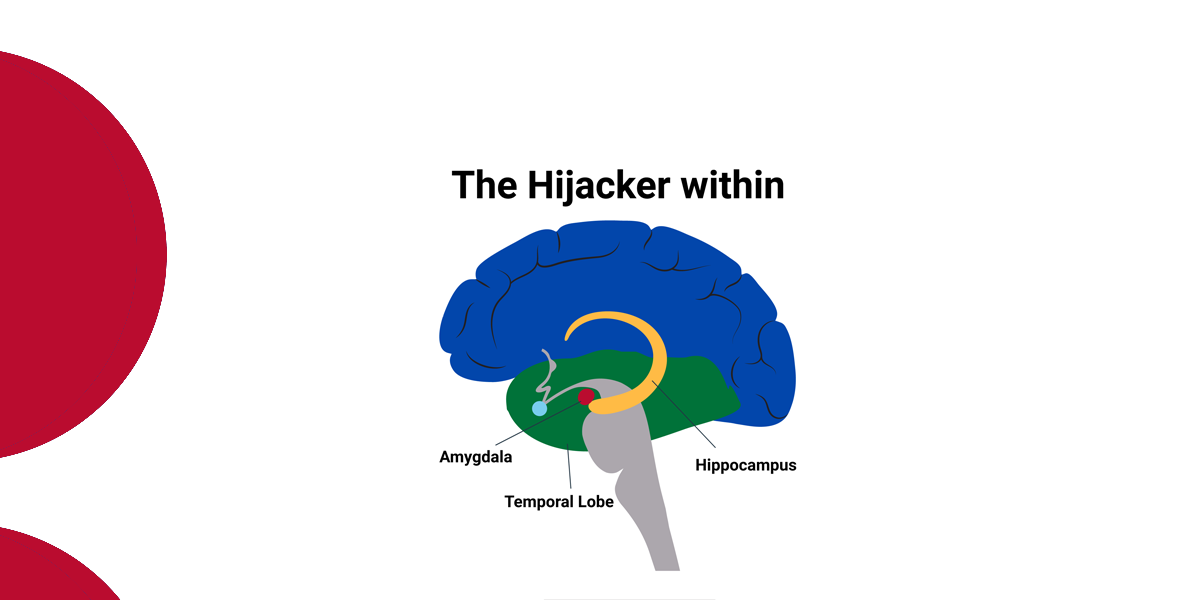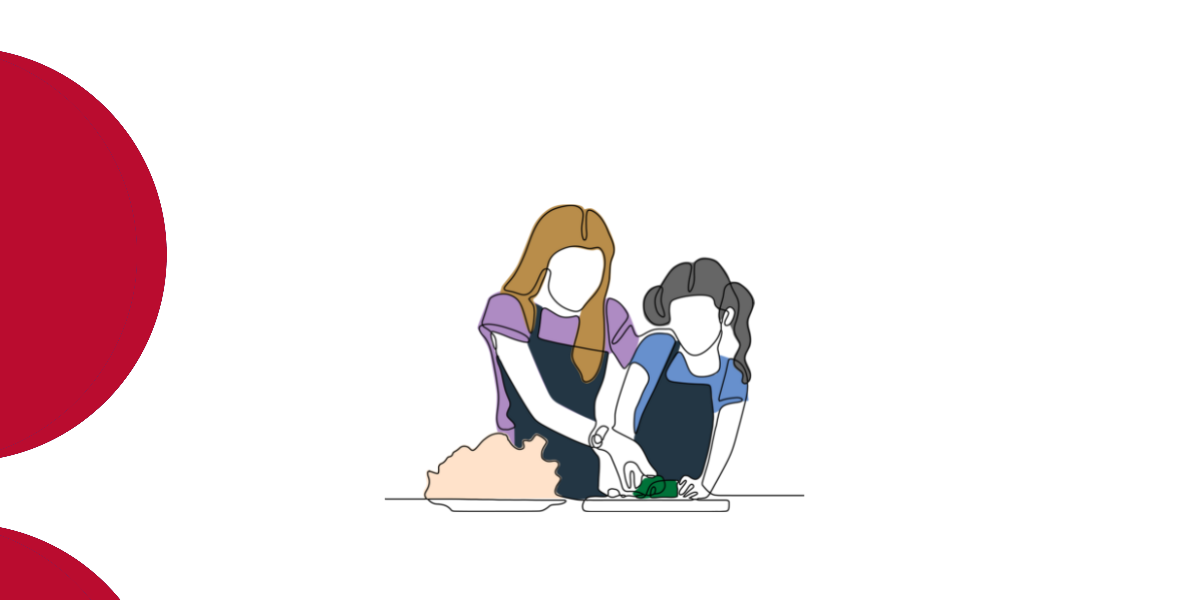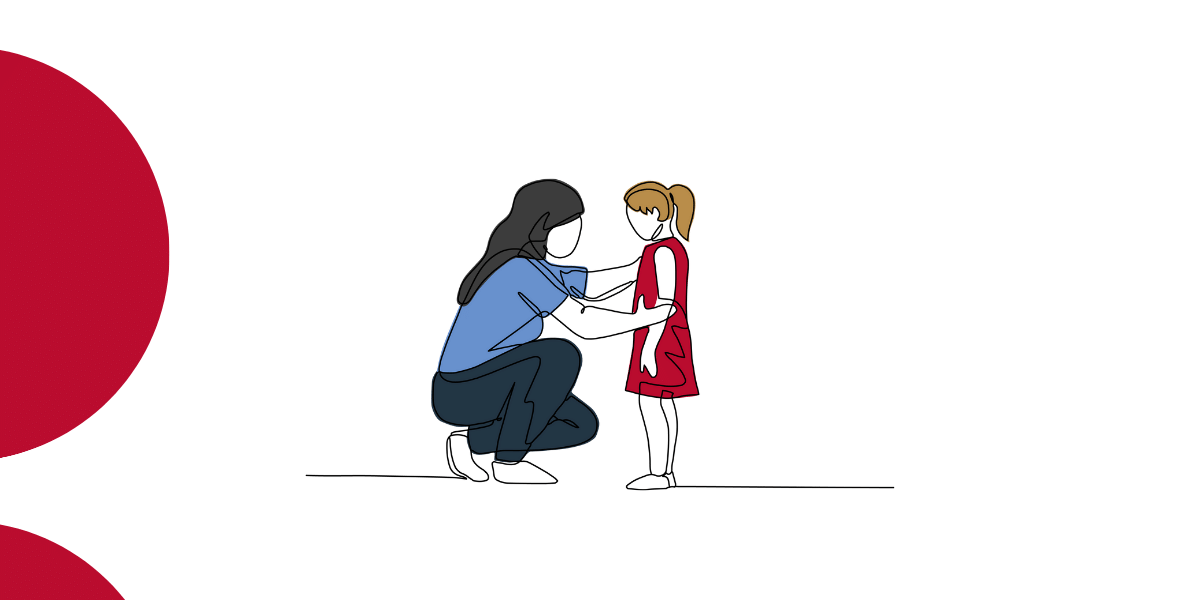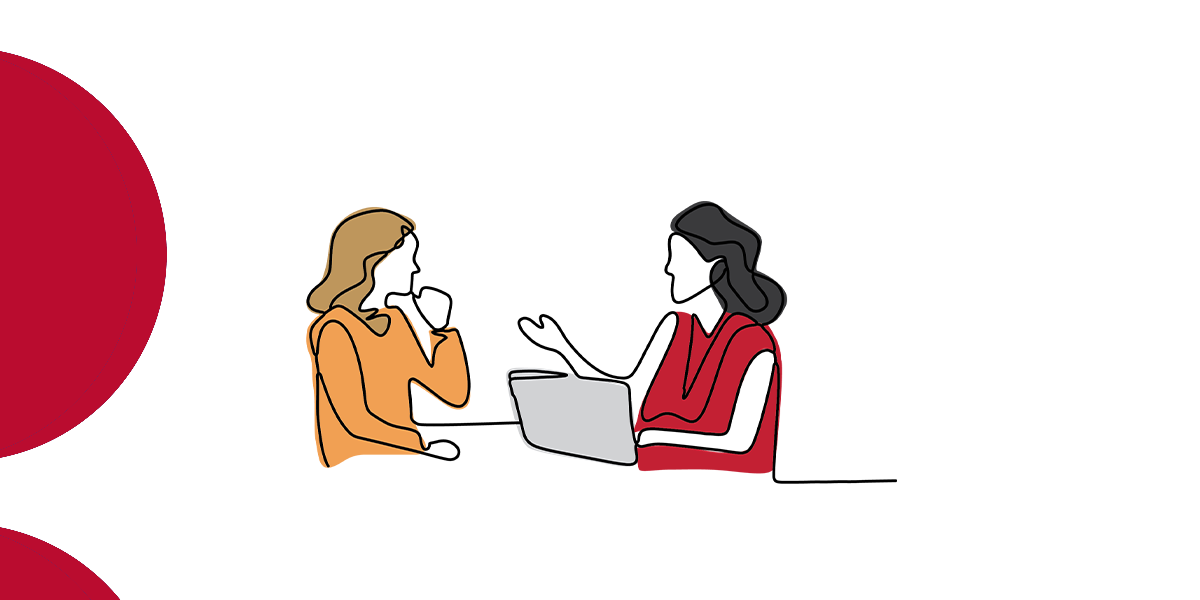Preventing self-harm among young people in out-of-home care – Research brief
Download PDFNov 2020
Written by Nadine Cameron Lynne McPherson Kathomi Gatwiri Noel Macnamara Natalie Parmenter
Many young people in out-of-home care are at an elevated risk of self-harm and suicidality. The reasons range from early exposure to abuse, disconnection from family, instability of their living arrangements and poor self-image (Furnivall, 2013; Taussig et al., 2014; Hamilton et al 2015). In the Australian context, there is still little knowledge of which factors lead to the behaviour and just how widespread the problem actually is (National Children’s Commissioner 2014). Importantly, there is a lack of evidence about the effectiveness of programs designed to prevent suicide and self-harm in the out-of-home care population. The number of programs being offered that target these issues appear to be small. Brown (2020) suggested that suicide prevention is not a focus of any programs for those in out-of-home care for which published literature can be located. Whilst there may be limited published literature available, staff and carers working with young people who self-harm, need information and guidance about ways to identify, assess and intervene to keep young people safe.
This research brief seeks to provide an overview of
- Why young people in out-of-home care self-harm
- What are the predictors of suicide and self-harm
- How to best intervene to stop attempts at suicide and self harm
- What out-of-home care providers need to know to prevent self-harm and suicide.

























